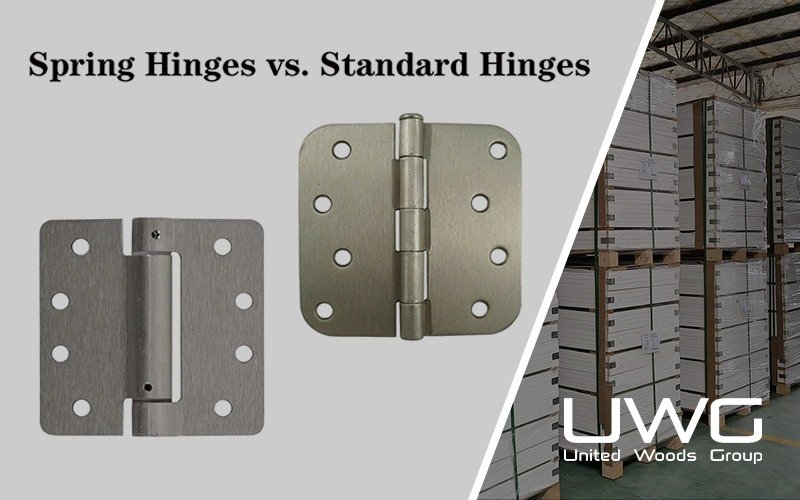Introduction
In recent years, interior design has increasingly blurred the boundaries between floors and walls. What was once considered unconventional—installing flooring materials on vertical surfaces—has now become a stylish and practical design choice embraced by builders, wholesalers, and designers alike. From cozy residential interiors to bold commercial spaces, “flooring on walls” is no longer just a passing trend but a creative solution that delivers both function and beauty.
Flooring can be used on walls, and in many cases, it is an excellent choice. Engineered wood, laminate, vinyl planks, and even certain hardwoods offer the right balance of durability, aesthetic appeal, and versatility to perform well as wall finishes. When applied correctly, these materials can create striking accent walls, add warmth and texture to a space, and provide a durable alternative to paint or wallpaper. This article explores the best flooring types for wall applications, the advantages they offer, where they work best, practical installation tips, and how wall panels or mouldings can complement flooring for a complete design approach.
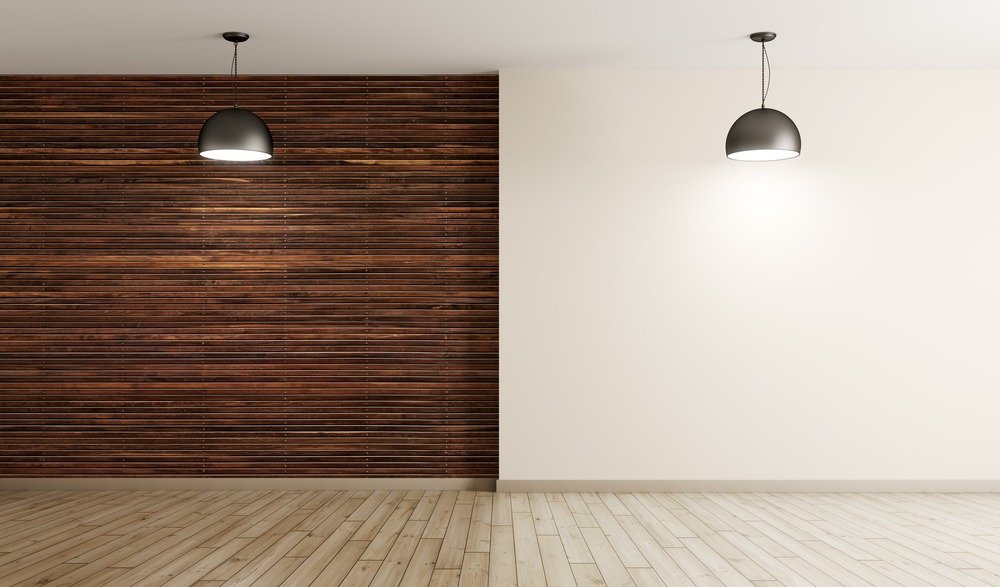
Flooring Types Suitable for Walls
Not every type of flooring is ideal for wall applications, but several categories work particularly well when installed vertically. Builders and wholesalers can take advantage of these materials not only for their durability but also for the distinct aesthetic qualities they bring to interiors.
Engineered Wood Flooring
Engineered wood is one of the most popular choices for wall applications. Because of its layered construction, it is more dimensionally stable than solid hardwood, making it less prone to warping when installed vertically. It provides a natural wood look with a lighter weight, which is especially useful for accent walls and feature installations.
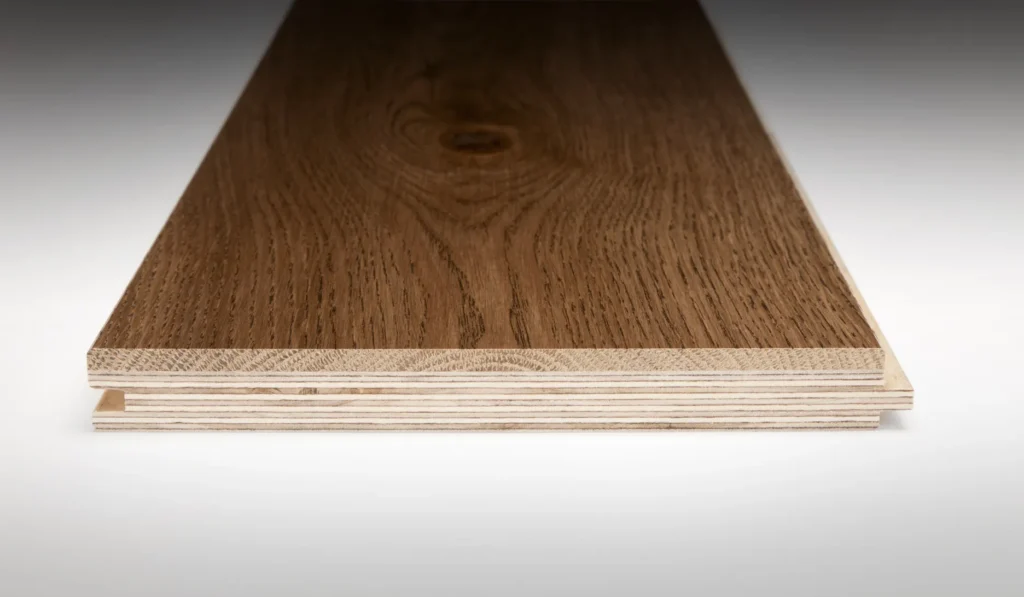
Laminate Flooring
Laminate is cost-effective, lightweight, and available in a wide range of finishes. It can mimic the appearance of natural wood, stone, or tile while offering an easy-to-maintain surface. Builders often favor laminate for decorative walls in living rooms, bedrooms, and commercial spaces where aesthetics matter as much as budget.
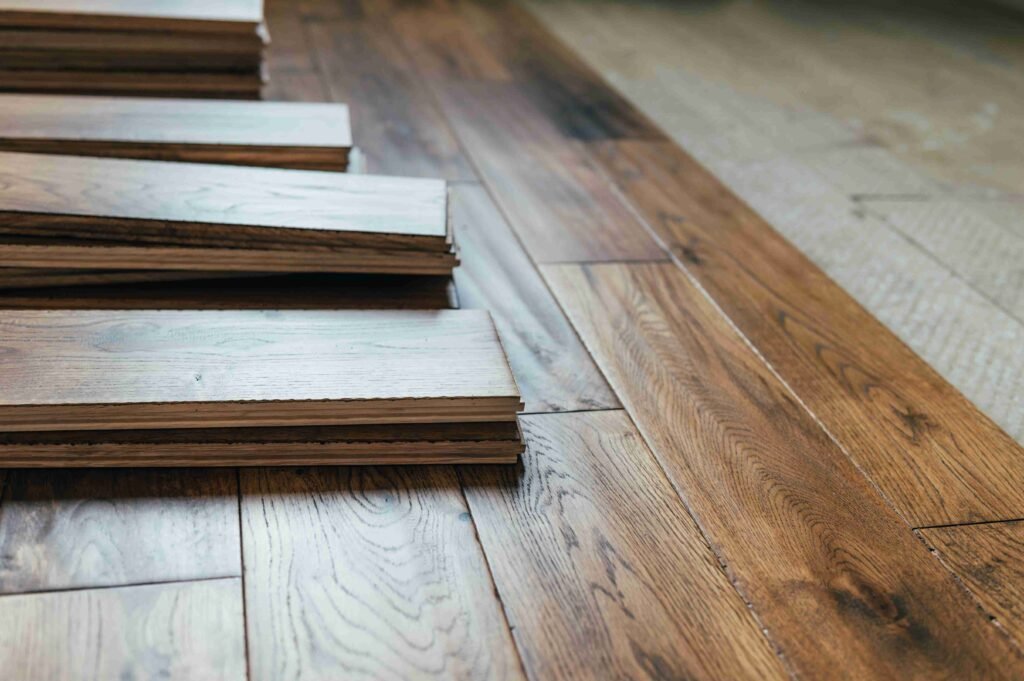
Luxury Vinyl Plank (LVP)
LVP stands out for its waterproof qualities, making it a smart option for kitchens, bathrooms, and laundry areas. It combines practicality with style, offering textures and patterns that work equally well on walls as they do on floors.

Bamboo and Cork Flooring
For environmentally conscious projects, bamboo and cork provide sustainable alternatives. Bamboo offers strength and a modern, linear grain pattern, while cork adds warmth and acoustic benefits, making it ideal for bedrooms and offices.
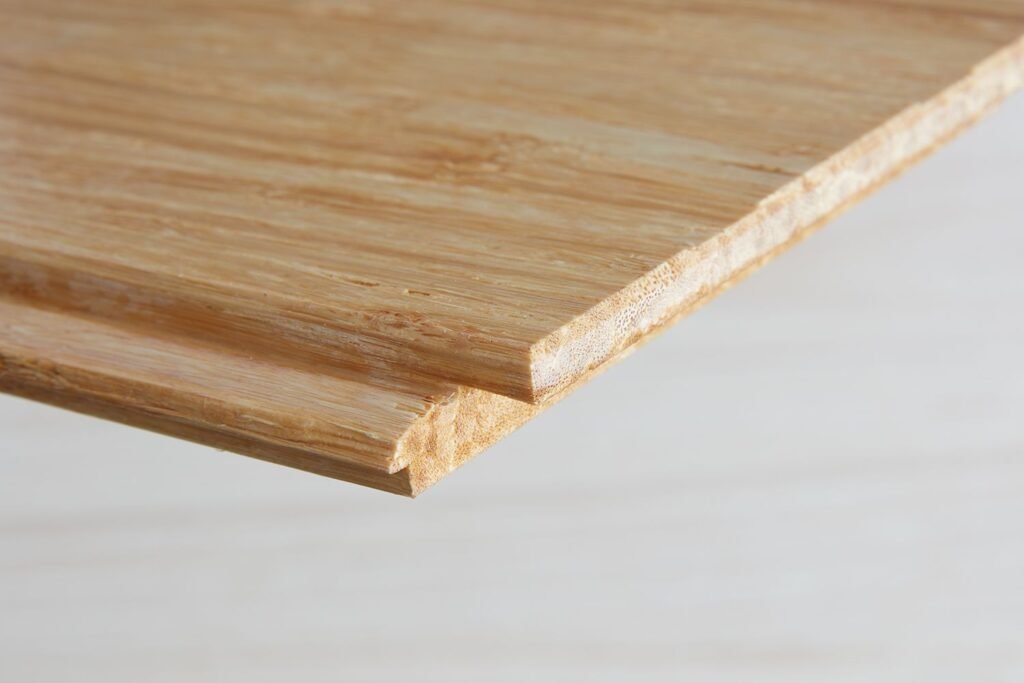
Solid Hardwood
Although heavier and more expensive, solid hardwood can still be used on walls with the right support. It delivers unmatched authenticity and longevity, creating a timeless look in spaces where structural integrity can accommodate its weight.
Advantages of Using Flooring on Walls
Applying flooring materials to walls is more than just a design experiment—it brings a range of practical and aesthetic benefits that appeal to both builders and wholesalers. These advantages can help elevate spaces while also adding long-term value to projects.
Aesthetic Appeal
Few finishes match the natural beauty of wood or the textured look of laminate and vinyl planks. Flooring on walls creates a sense of warmth, texture, and sophistication that paint or wallpaper alone cannot achieve. It transforms an ordinary wall into a focal point.
Durability
Flooring is manufactured to withstand foot traffic, scratches, and daily wear. When applied to walls, these same qualities translate into superior resistance against dents, scuffs, and stains, making it an excellent option for high-traffic areas or commercial interiors.
Cost-Effectiveness
Builders and wholesalers can maximize value by using surplus flooring inventory for wall applications. This reduces waste and can significantly cut costs, especially in projects that require both flooring and decorative wall finishes.
Design Continuity
Using the same material on both floors and walls creates a seamless visual flow, enhancing the perception of space. For example, a living room with continuous oak planks from the floor onto an accent wall feels cohesive and intentionally designed.
Easy Maintenance
Unlike paint or wallpaper that may fade, peel, or require frequent touch-ups, flooring materials—especially laminate and vinyl—are easy to clean and maintain. A simple wipe-down is usually enough to keep them looking fresh.
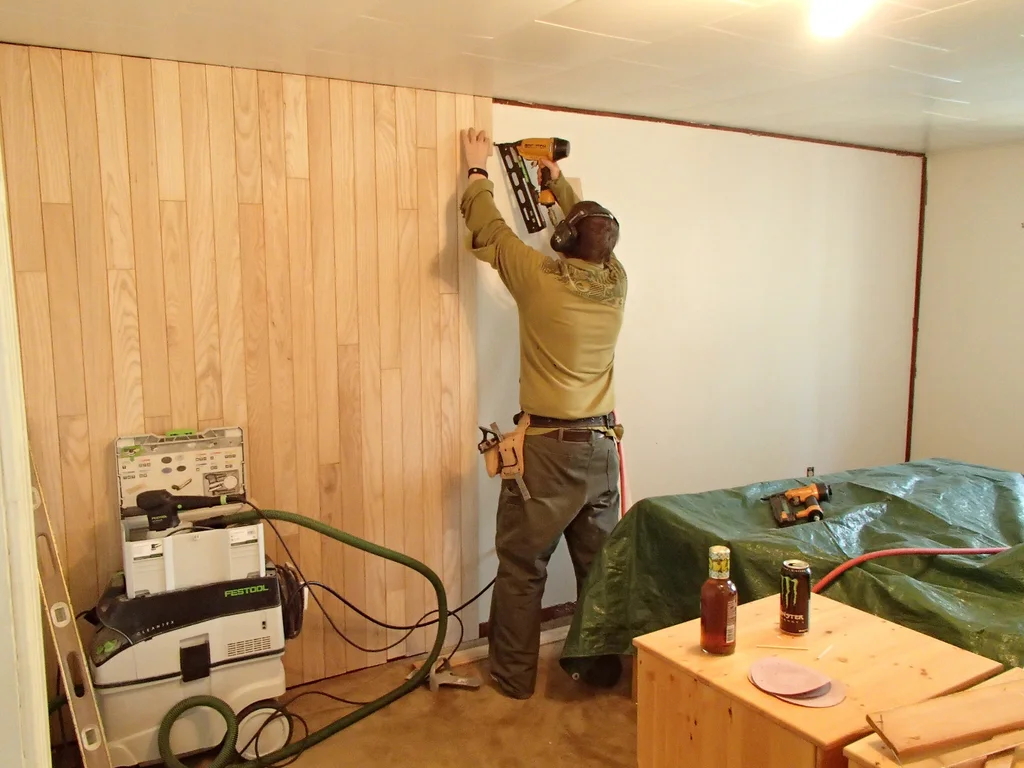
Common Applications and Where to Use
Flooring on walls is a versatile design technique that can be applied across a wide range of spaces, from residential homes to commercial environments. Builders and wholesalers can leverage these applications to add both style and functionality to their projects.
Accent Walls in Living Rooms and Bedrooms
One of the most common uses is creating a feature wall that draws the eye and anchors the room. A wood or laminate accent wall behind a sofa or in a bedroom instantly adds depth and texture, serving as a natural focal point.
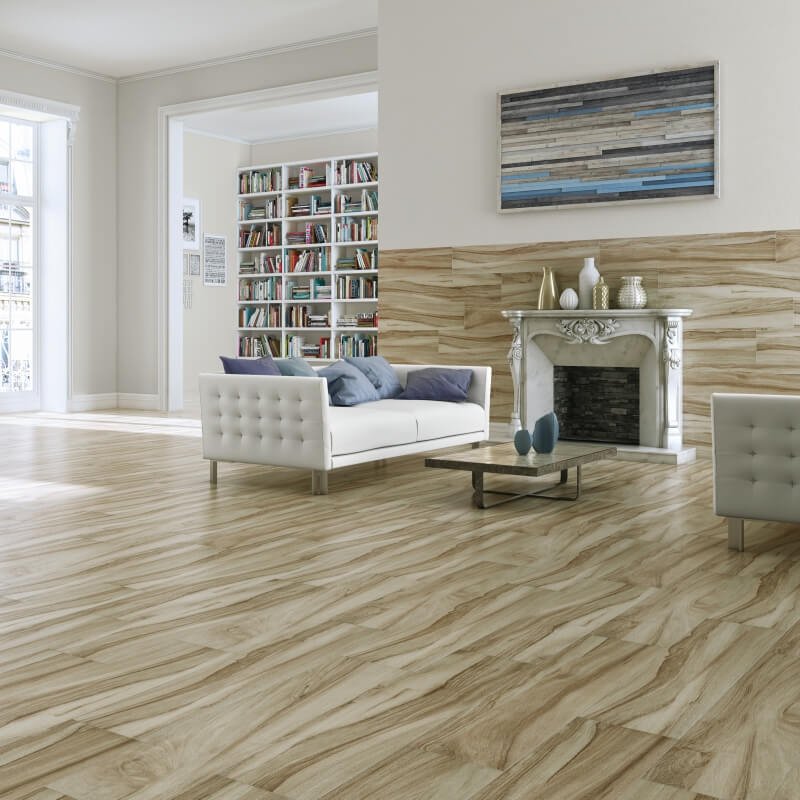
Headboards and Bed Surrounds
Instead of a traditional headboard, installing flooring planks on the wall behind a bed creates a custom, upscale look. It also allows for creativity in patterns, such as horizontal, vertical, or herringbone layouts.
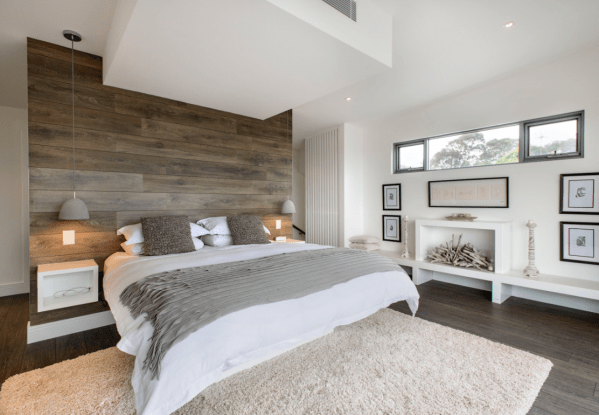
Fireplace Surrounds
Flooring materials—particularly engineered wood or laminate—can be installed around fireplaces to soften the look of stone or brick. They bring warmth and an organic feel to what is often the centerpiece of a living space.
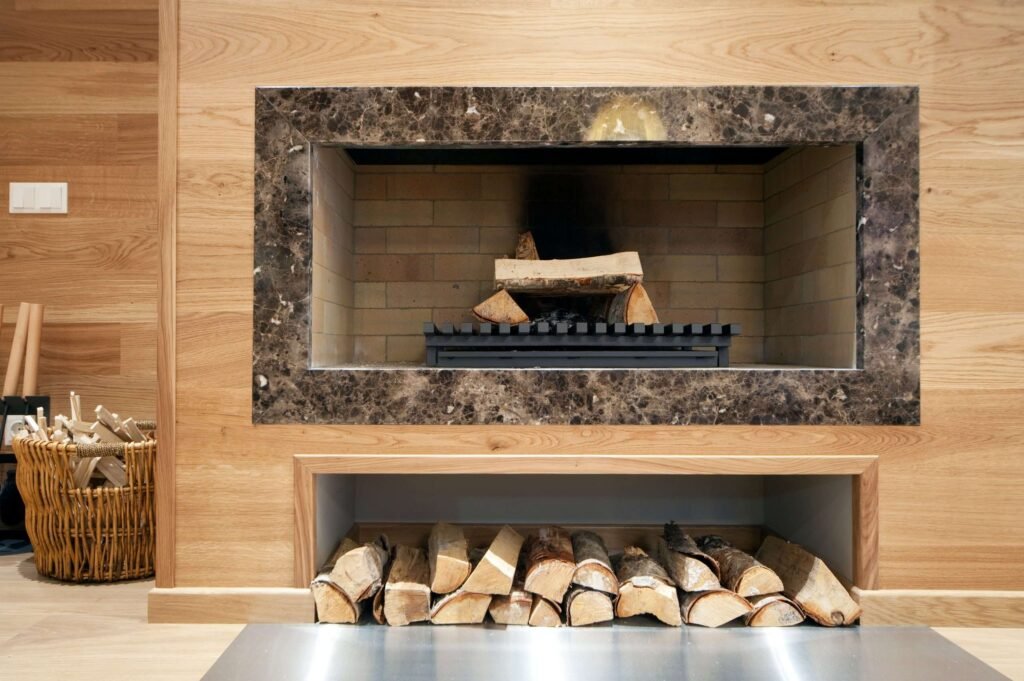
Kitchen Backsplashes and Dining Areas
Water-resistant options like LVP are ideal for adding character to kitchens or dining spaces. They provide a stylish alternative to tile while offering durability against moisture and spills.
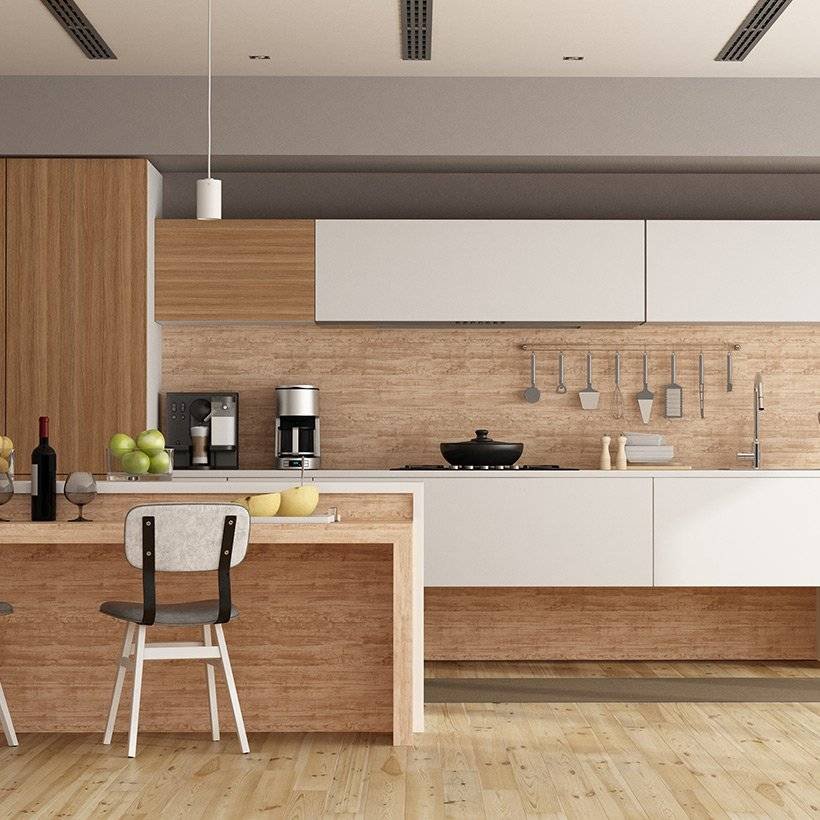
Commercial Spaces
In restaurants, retail stores, or offices, flooring on walls can elevate brand identity and atmosphere. For example, a café might use reclaimed wood planks to create a rustic charm, while a retail shop might choose sleek laminate for a modern look.
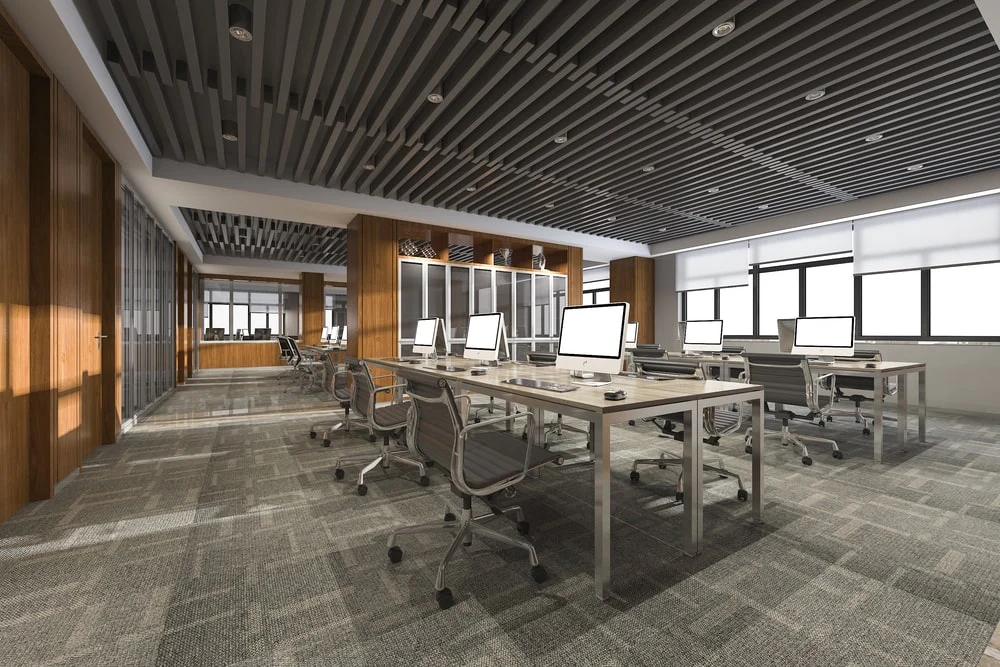
By choosing the right placement, builders can ensure that flooring used on walls not only enhances aesthetics but also meets the functional needs of the space.
Installation Tips for Builders and Wholesalers
Using flooring on walls requires careful planning and execution to ensure both safety and durability. Builders and wholesalers can follow these best practices to achieve professional results and avoid common pitfalls.
Surface Preparation
A successful installation begins with proper preparation. The wall surface must be clean, dry, and level. Any unevenness should be corrected to prevent gaps or misalignment once the planks are mounted.
Mounting Options
There are two main approaches: adhesive installation and mechanical fastening. High-quality construction adhesive is sufficient for lightweight materials like laminate or vinyl planks. For heavier options such as hardwood, a combination of adhesive and brad nails or support battens is recommended to ensure long-term stability.
Weight Considerations
Not all walls can support the same load. Lightweight flooring types, such as engineered wood or laminate, are generally safer for larger wall areas. Builders should verify wall strength and avoid overloading with heavy solid hardwood unless structural reinforcement is provided.
Expansion Gaps
Just as with floors, flooring on walls requires expansion space to accommodate changes in temperature and humidity. A small gap along edges and corners helps prevent buckling or warping over time.
Safety and Building Codes
Before starting, it is critical to check local building codes and fire safety regulations. Some materials may require additional treatments or limitations depending on use cases such as kitchens or commercial settings.
With these practices, builders can ensure flooring applied to walls is not only visually appealing but also structurally sound and compliant with standards.
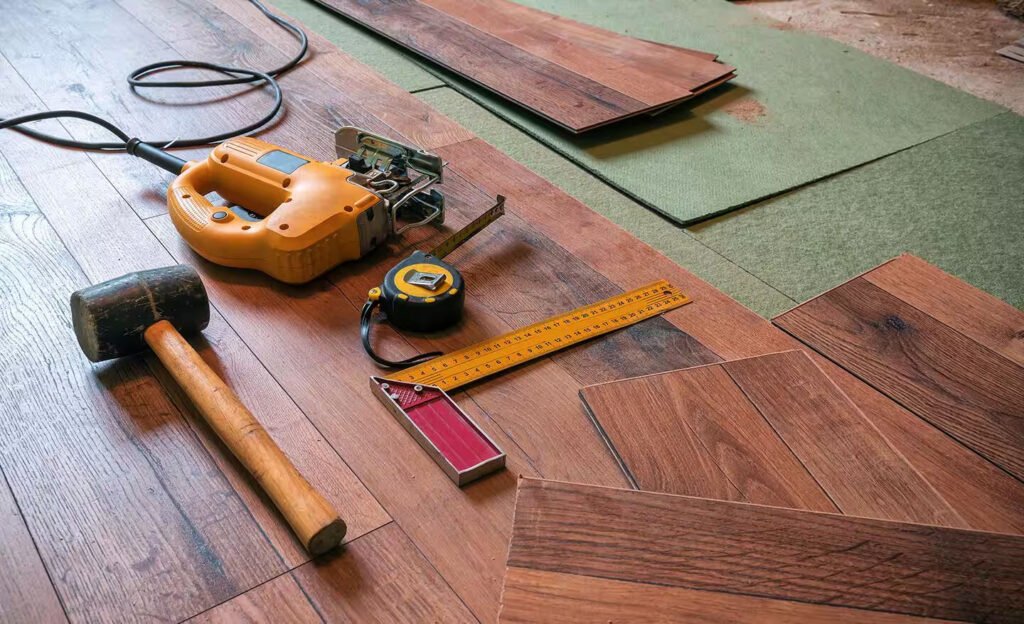
Styling and Design Tips
Once the technical aspects of installation are addressed, flooring on walls becomes an opportunity to make bold design statements. Builders and wholesalers can offer clients creative styling options that elevate a space from ordinary to memorable.
Mix and Match Materials
Flooring on walls works best when combined with other finishes. Pairing wood planks with painted drywall, stone, or metal accents creates visual balance and prevents the design from feeling overwhelming.
Color Coordination
The tone of the flooring material has a strong influence on the room’s atmosphere. Darker woods like walnut or espresso add richness and sophistication, while lighter tones such as ash or white oak create an airy, spacious feel. For modern interiors, gray or neutral laminates provide a sleek backdrop.
Pattern Play
Standard horizontal installations are timeless, but creative layouts like herringbone, chevron, or diagonal patterns add movement and energy to a room. Builders can use these layouts to transform even small wall sections into statement pieces.
Orientation: Vertical vs. Horizontal
Horizontal planks make rooms appear wider, while vertical installations draw the eye upward and create the illusion of higher ceilings. Choosing the right direction allows builders to manipulate the proportions of a space strategically.
Focal Point Placement
Flooring materials are most effective when used intentionally to highlight specific areas—a fireplace wall, a bed backdrop, or a reception area. Concentrating the design on one or two surfaces maximizes impact without overwhelming the entire room.
By incorporating these design strategies, flooring on walls becomes more than a practical choice—it becomes a signature element of modern interiors.
Alternative Wall Solutions: Panels and Mouldings
While flooring on walls can create stunning interiors, it is not the only option available. Builders and wholesalers should also consider wall panels and mouldings, which are designed specifically for vertical applications and often provide greater flexibility in both cost and style.
Wall Panels
Prefabricated wall panels are lightweight and easy to install, making them a convenient choice for large-scale projects. They are available in wood, MDF, PVC, and composite materials, offering a wide range of finishes from rustic to contemporary. Panels are especially useful for commercial projects where speed and consistency are essential.
MDF and PVC Panels
Medium-density fiberboard (MDF) and PVC panels are budget-friendly solutions that still deliver durability. They are resistant to moisture, making them suitable for kitchens, bathrooms, and basements. Wholesalers can benefit from their affordability and quick turnover in the market.
Decorative Mouldings
Mouldings add refinement and detail, serving as transitions, frames, or borders that complement wall finishes. Crown mouldings, chair rails, and baseboards can be paired with flooring or wall panels to achieve a polished, cohesive look.
How They Complement Flooring
Flooring combined with wall panels or mouldings creates a layered design approach. For example, a wood flooring accent wall framed with mouldings adds depth and sophistication, while pairing flooring with PVC wall panels can balance durability with cost efficiency.
By integrating flooring, panels, and mouldings, builders can offer clients a wider range of options, ensuring that walls are not only functional but also contribute to the overall design narrative of a space.
Conclusion
Flooring is not limited to horizontal applications. When carefully selected and properly installed, it can be an excellent choice for walls, offering both visual impact and long-term durability. Engineered wood, laminate, vinyl planks, and even certain hardwoods bring warmth, texture, and practicality that elevate any space beyond what paint or wallpaper can achieve.
For builders and wholesalers, “flooring on walls” is more than a trend—it is an opportunity to differentiate projects, maximize the use of materials, and add value for clients. From accent walls and headboards to kitchens, fireplaces, and commercial spaces, the possibilities are broad and adaptable.
At the same time, it is important to remember that flooring is not the only solution. Wall panels and mouldings offer complementary or alternative options, enabling professionals to deliver tailored designs that meet diverse needs.
Ultimately, walls should not be overlooked as a design element. Whether through flooring, panels, or mouldings, they can become defining features that transform a space into something memorable and unique.




